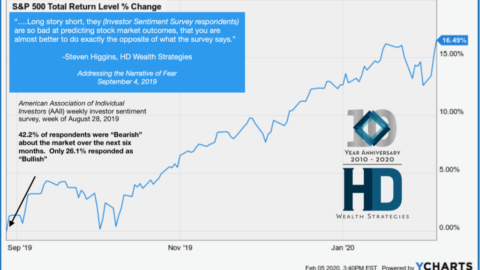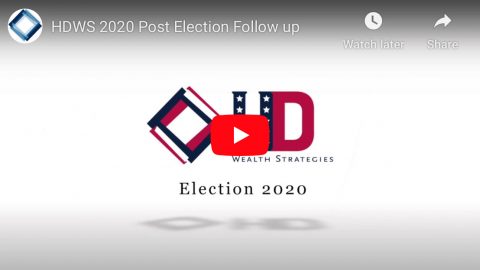Another Chance To Make Sure Your Mortgage Rate Is In The Sweet Spot
Written by: Allison Schmidt, Financial Advisor, CFP®, CPA

This time last year, most headlines were predicting that interest rates were only going higher. USA Today reported the Federal Reserve expectation in an article dated March 21, 2018, “The Fed expects its key rate to climb to 2.9% by the end of 2019.” But as of June, the Federal Funds rate sits between 2.25% – 2.50%* and there is more talk of a rate CUT than a rate HIKE. How times have changed, and probably appropriately so. We’re in a trade war with China, have possible tariffs on Mexico to further the immigration agenda, and as we head into a Presidential election year, volatility is, and will likely stay, alive and well.
But, as you cut through the noise of the 24 hour news cycle and tweet storm…what could this shift mean for you as the individual investor? You’ve likely made money in the traditional fixed income piece of your portfolio in 2019 (according to the Barclays US Aggregate which is up just over 3.5% year to date^), you might have whiplash from the volatility in the equity markets we’ve experienced since September 21st of last year, and last, but certainly not least, you have another shot at refinancing your debt.
I know I mentioned the Fed Funds rate at the beginning of the article, but this is not what directly affects mortgage rates. The Fed Funds rate is simply the interest rate at which banks lend money to each other, typically on an overnight basis*. I mention the Fed Funds rate because historically, the rate can affect how bonds along the yield curve will be priced and therefore, how mortgage rates can react.

I don’t think many thought we’d have another shot to lock in debt at close to historically low levels (again), but here we are. This chart looks at how the US 30 year mortgage rate has moved over the past 12 months and more specifically the past 6 months dropping from 4.87% in the fourth quarter of 2018 to currently right around 3.99%. Why does it matter? For most households, mortgage debt is the largest debt amount they are responsible for, typically hundreds of thousands of dollars, so even a 0.50% move in their mortgage rate could have substantial impact on their monthly budget. Let’s look at the 6 month change on a $400k, 30-year fixed rate mortgage loan. With a mortgage rate of 4.87%, the principal and interest payment would be $2,116 a month, if that rate were to be refinanced into a 3.99% loan, the principal and interest payment would drop to $1,907. That’s a $209 a month or over $2,500 annual savings…pretty substantial. If you were to invest that $2,500 each year for 30 years and earn 6% over that time, you’d accumulate $209,509…very substantial.
I’ve heard people express their annoyance with underwriting and applying for a loan, I get it, but with numbers like these you’re possibly being very well paid for your time and frustration. Refinancing, by no means makes sense every time, but with rate moves like these, I would encourage you to consider what you’re currently doing and see if it makes sense for you (and don’t forget your rental property portfolio). All of these calculations should take into account closing costs, how long you plan to stay in the home, etc.
At HD Wealth Strategies, our goal is to provide financial strategies and ideas for your entire financial picture, not just what we help manage and plan for in-house. Please reach out to us if there’s ever anything we can do to help, whether it’s to assess this strategy or any other financial move you’re currently considering.
^ycharts.com
*bankrate.com
Securities offered through LPL Financial, Member FINRA/SIPC. The opinions voiced in this material are for general information only and are not intended to provide specific advice or recommendations for any individual. All performance referenced is historical and no guarantee of future results. All indices are unmanaged and may not be invested into directly. The economic forecasts set forward in this material may not develop as predicted and there can be no guarantee that strategies promoted will be successful. This is a hypothetical example and is not representative of any specific situation. Your results will vary. The hypothetical rates of return used do not reflect the deduction of fees and charges inherent to investing.







